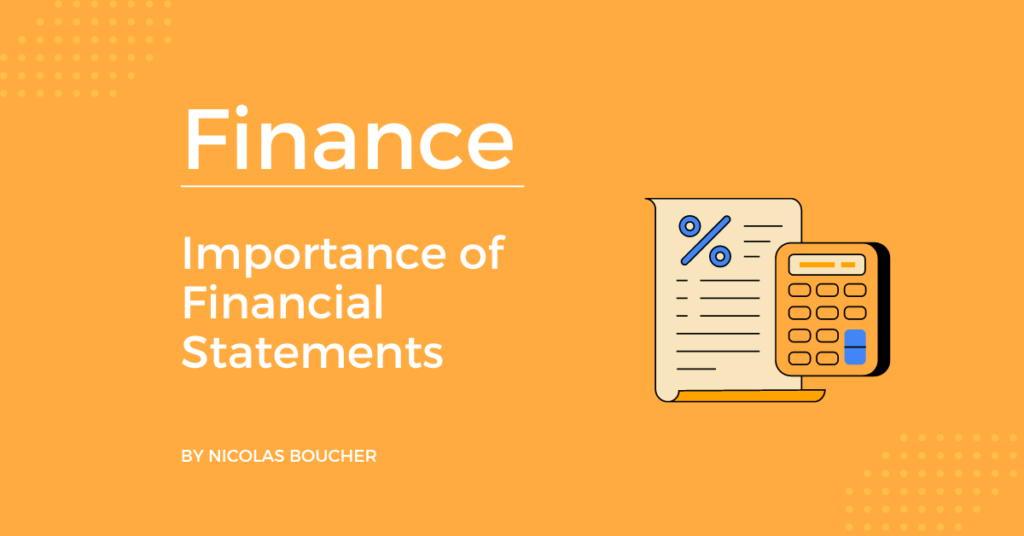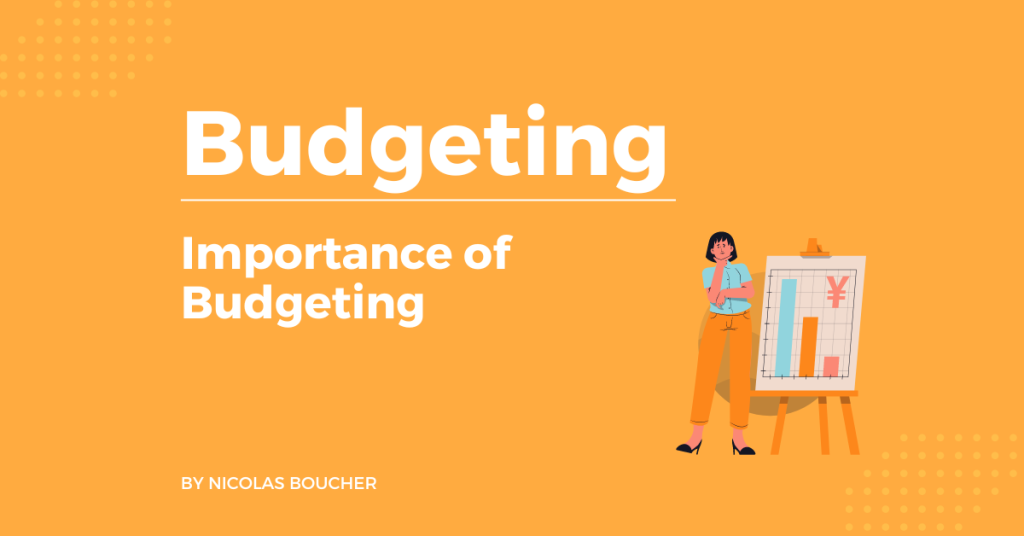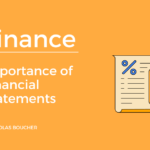Before you learn how to move to FP&A, you need to know the basics of FP&A.
The FP&A includes four main tasks:
- The budgeting process
- Integrated financial planning
- Performance and management reporting
- Forecasting and modeling
The capacity of the finance department to oversee performance is increased by FP&A systems that relate the corporate strategy to execution.
Table of Contents
How to Move to A FP&A Role?
An accountant asked me how to move to FP&A. We made a plan together, and here is how to move to FP&A in eight steps.
- Get closer to the FP&A team (coffee, lunch).
- Ask them to explain to you what they do and what they are working on.
- Spend one day or 2x half days shadowing FP&A team members. (Shadowing is when you spend time with somebody and follow them in their meetings and tasks of the day.)
- Offer your help on topics you are already covering in accounting (in the case of the accountant I helped, it was expenses).
- As soon as there is a capacity problem in the FP&A team (somebody leaves or they are underwater), offer your help to take over some tasks. Make sure you do it on top of your normal job because you don’t want to penalize yourself in your current position.
- When somebody leaves the FP&A team, offer your help directly to cover the tasks of the person who left. (Again, offer to do it as extra hours to make sure they do not penalize you for it.)
- Get the support of the FP&A manager to apply officially to the position and increase your chances of success. Ideally, you want that the company not start the recruitment process and offers the job directly to you. Be smart about it.
- Get nominated for the FP&A team. Alternatively, if nobody leaves the FP&A team and there is no job opening, start marketing the FP&A experience that you recently acquired in your CV. Then apply for junior FP&A roles or, even better, roles that require both accounting and FP&A experience.
FP&A vs Accounting
What is the difference between FP&A and accounting? FP&A entails assessing the financial statements generated by the accounting process, in addition to other financial and operational data. Also, it extends beyond record-keeping and financial reporting.
For instance, an FP&A analyst is likely to keep an eye on, evaluate, and assist in managing working capital, which is the money required to satisfy immediate commitments. The analyst determines the working capital by deducting current obligations from current assets. Both of which are data points on the balance sheet, a common financial statement in accounting.
The analyst may warn coworkers of a risky decline in working capital and suggest remedies. Such as accelerating receivables collection or lowering inventory.
Similarly to this, the FP&A department is responsible for monitoring and evaluating cash flow. That is a measurement of the amount of money coming in and going out during a specific time period. As seen in accounts stored in the general ledger, another common instrument in accounting.
In FP&A, cash flow data is analyzed to identify positive and negative trends that impact the overall financial condition, and recommendations for improvement, such as borrowing to cover urgent requirements, are made.
While FP&A is more concerned with capital allocation, accounting is more concerned with capital reporting. Three aspects are taken into consideration: decision-making, reporting, and measurement.
How to Assess Whether FP&A Work Is the Right Fit for You?
A good financial analyst can manage and analyze a vast array of different sorts of data and data assessment measures.
Financial analysts are great at solving issues. They connect together the many financial jigsaw pieces that make up a company’s finances and can visualize doing so. This is in order to create a number of development possibilities.
If you simply don’t enjoy arithmetic or using spreadsheet programs like Excel, you may want to think about another line of employment.
But if you’re a creative thinker with an inherent or developed aptitude for financial analysis. If you possess skills in forecasting and modeling, the ideal match may be a position as a corporate financial analyst.
The Bottom Line – Move to FP&A Since This Role Will Only Grow in The Future
FP&A is becoming more and more viewed by companies as a reliable source of advice and support since it enhances corporate decision-making with insight and assurance.
Therefore, a career as a financial analyst may be quite fulfilling. However, that is possible only if you have the right skill set and a natural aptitude for the job.
Do you want to move to FP&A? FP&A analysts can expect to earn 30% more than accountants. Moving to FP&A will also accelerate your path to higher management positions.
Get your INSTANT access to the exact systems and methods that have helped me become an FP&A leader.











